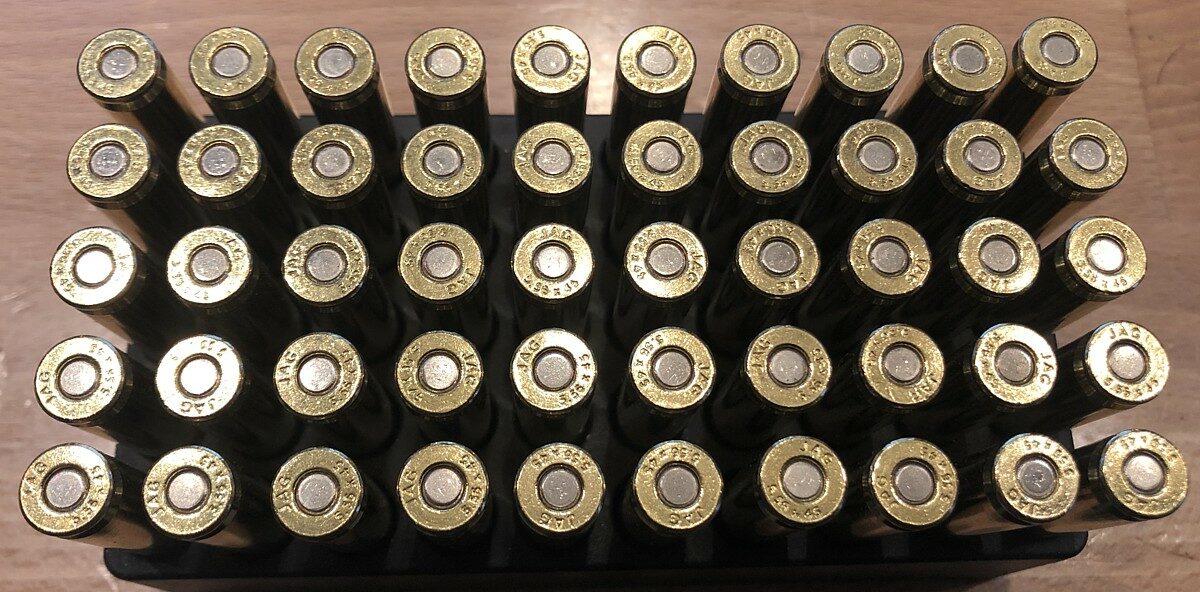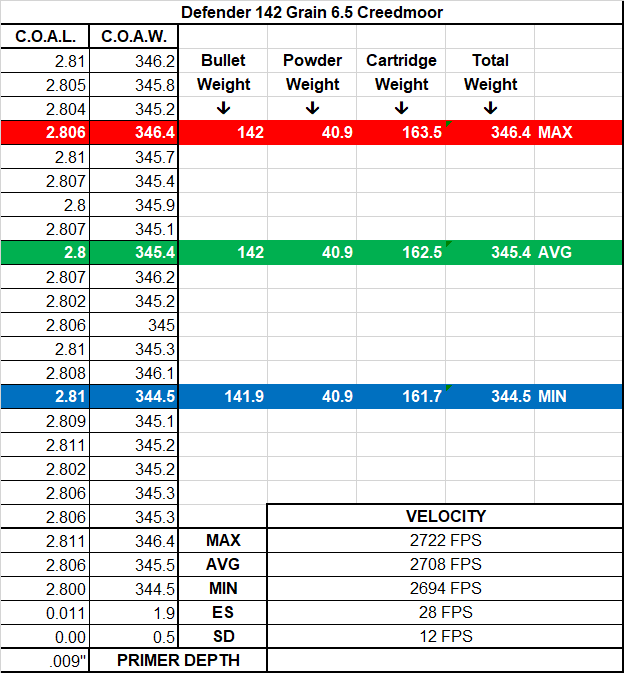I don’t purchase a lot of commercial ammunition, with the exception of designated defensive ammo, I have been handloading most of what I shoot since the late 90’s. Loading gives me something to do in the winter and allows me to tune the ammunition to my firearms for best accuracy. Because of this, factory ammunition typically doesn’t impress me all that much, other than as a source of brass. When I was offered the opportunity to review Defender Ammunition, I still gladly accepted. Who in their right mind turns down free ammunition? Having access to the 1000yd known distance range at Badlands Tactical (where I am an instructor), I requested samples of some of their long-range ammunition:
- .223 ammunition with 69gr boat-tail hollow-point (BTHP) bullet,
- 5.56X45 Mk262 clone with 77 grain BTHP,
- and some 6.5 Creedmoor with 142 grain BTHP.
Diagnostics
To perform basic diagnostic measurements, I randomly selected 20 cartridges out of each box of 50. The heaviest overall cartridge and lightest overall cartridge were pulled down using a kinetic bullet puller. The bullet, casing, and powder charges were then individually weighed. A third cartridge was selected closest to the average overall cartridge weight which was also pulled down and components weighed. Case weight variation accounted for the majority of the differences. There was typically very little (or no) deviation in powder and bullet weight. This shows excellent manufacturing consistency.
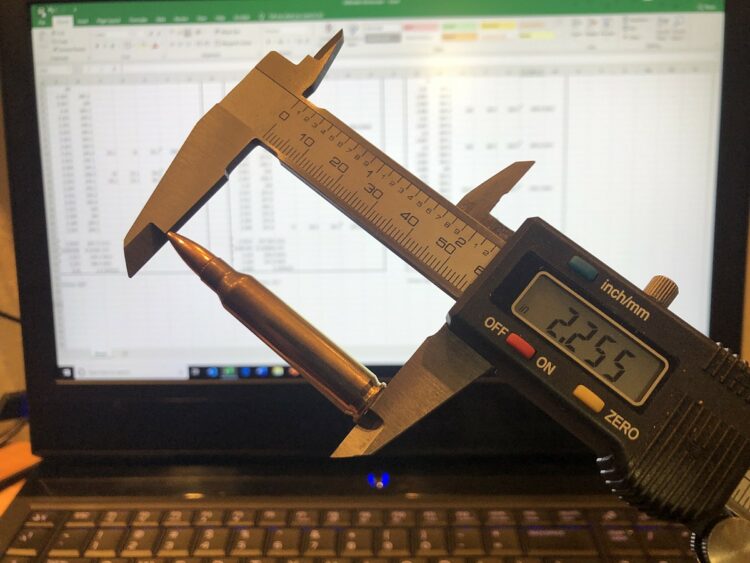
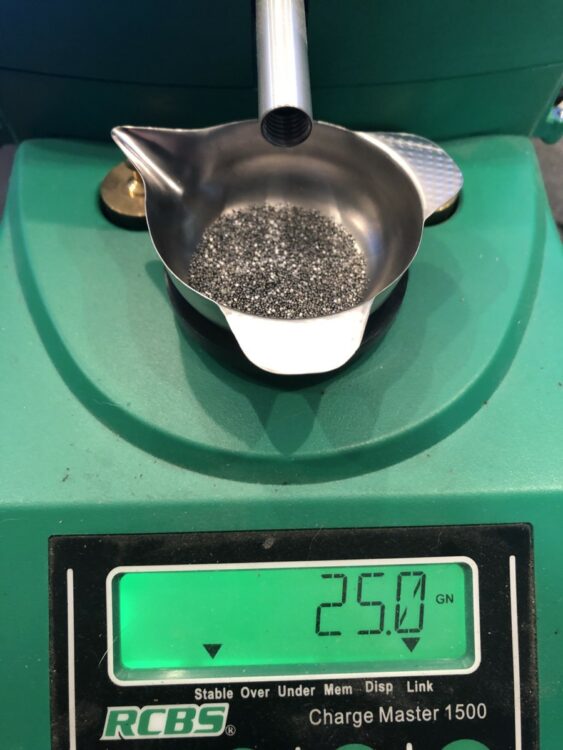

After getting warmed up with the 69 grain ammo, I switched to Defender’s 77 grain BTHP 5.56 NATO load:
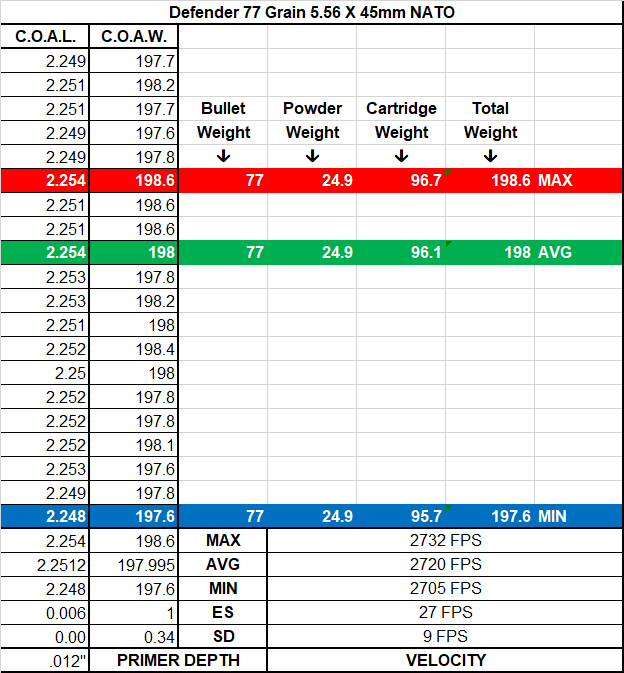
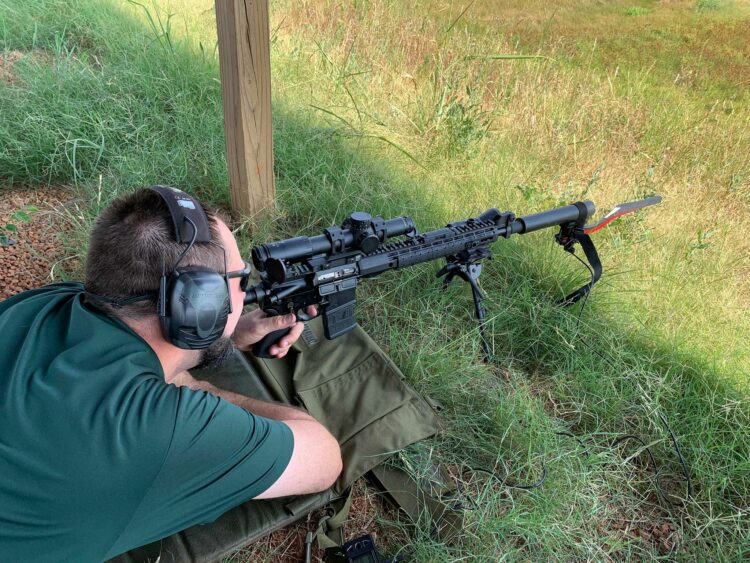
Fired cases were inspected for pressure signs but fired primers had nice round edges and there did not appear to be any brass extrusion on the case head. Thus satisfied with the performance of the .223 & 5.56 NATO ammo, I proceeded on to the next batch
142 grain BTHP 6.5 Creedmoor
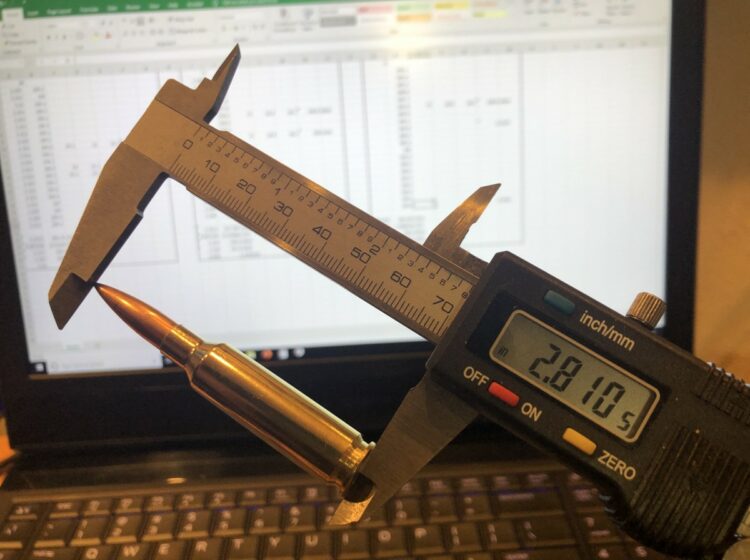
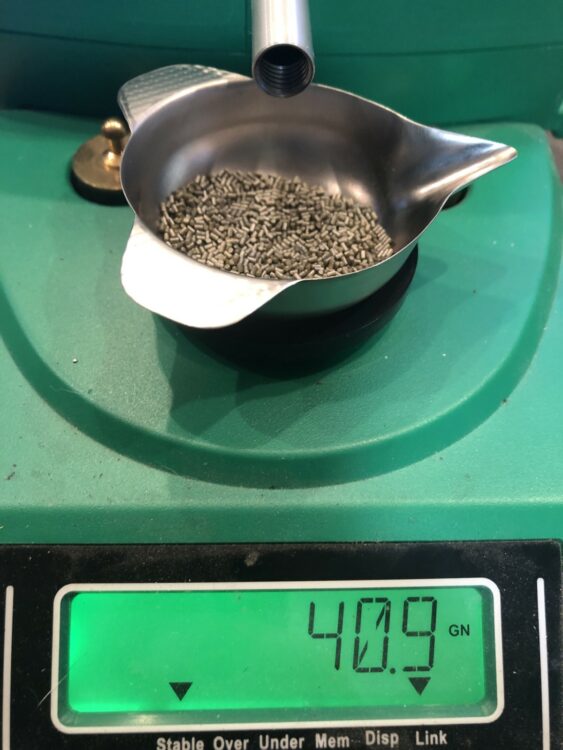
Hitting the Mark
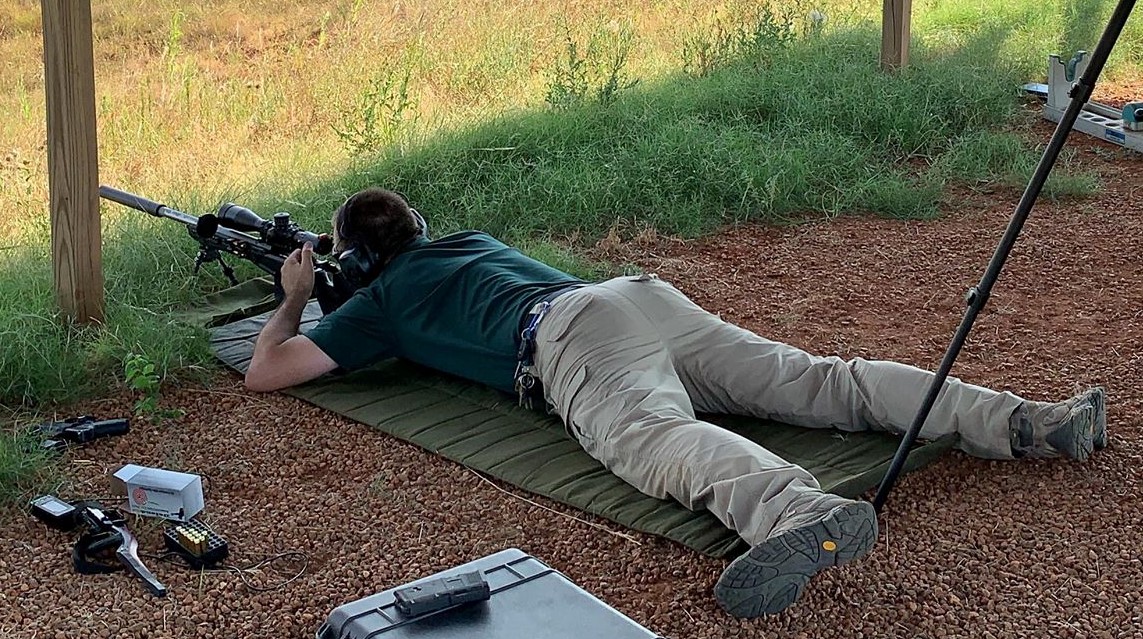
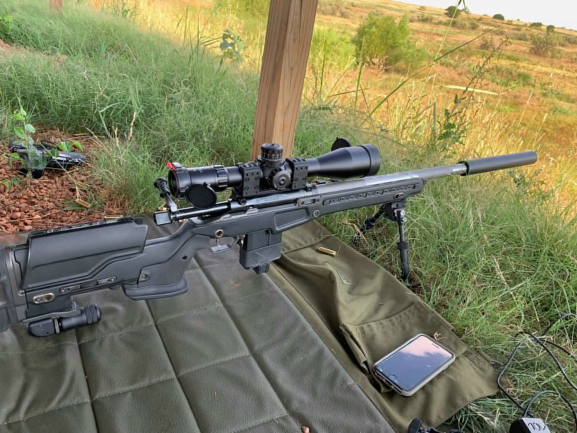
Defender ammunition isn’t advertised as “cheap” ammo, although prices are very competitive. The 69 grain .223 load is $.10 to $.20 (or more) less expensive than budget loadings in the same category, but offers outstanding accuracy made in America by a Veteran-owned and operated company. The consistency and quality of the materials and assembly is apparent in the performance of the ammo and, as we can see by my measurements, in the manufacturing process. Avid hand-loader though I may be, I foresee some orders to Defender Ammo in my future.
RATINGS:
Consistency – 5/5 The consistency of the materials and manufacturing process is quantifiable, and obviously meets stringent quality control specifications.
Function – 5/5 There were no misfeeds or misfires during testing. Primer depth was measured to be properly just below flush.
Performance – 5/5 Not only did these loads show velocities consistent with advertised velocities, they boasted excellent standard deviations.
Accuracy – 5/5 The 69 gr .223 and 142 gr 6.5 CM were probably the most accurate commercial loadings I’ve ever encountered.
Value – 5/5 For quality ammunition suitable for competition use, prices are very competitive.
TOTAL: 100%
FINAL THOUGHTS:
I don’t usually give perfect scores, not because I’m a jerk who doesn’t give perfect scores, but you are reading these articles to see the good and the bad and help determine whether a product is worth your hard-earned currency. I try to be fair, but also honest. In this case, I’m being fair and honest, I really do believe this ammo deserves a perfect score based on these ratings. This is some of the most accurate factory ammo I’ve ever fired.
I received this product as a courtesy from the manufacturer via Spotter Up so I could test it and give my honest feedback. I am not bound by any written, verbal, or implied contract to give this product a good review. All opinions are my own and are based off my personal experience with the product.
*The views and opinions expressed on this website are solely those of the original authors and contributors. These views and opinions do not necessarily represent those of Spotter Up Magazine, the administrative staff, and/or any/all contributors to this site.

